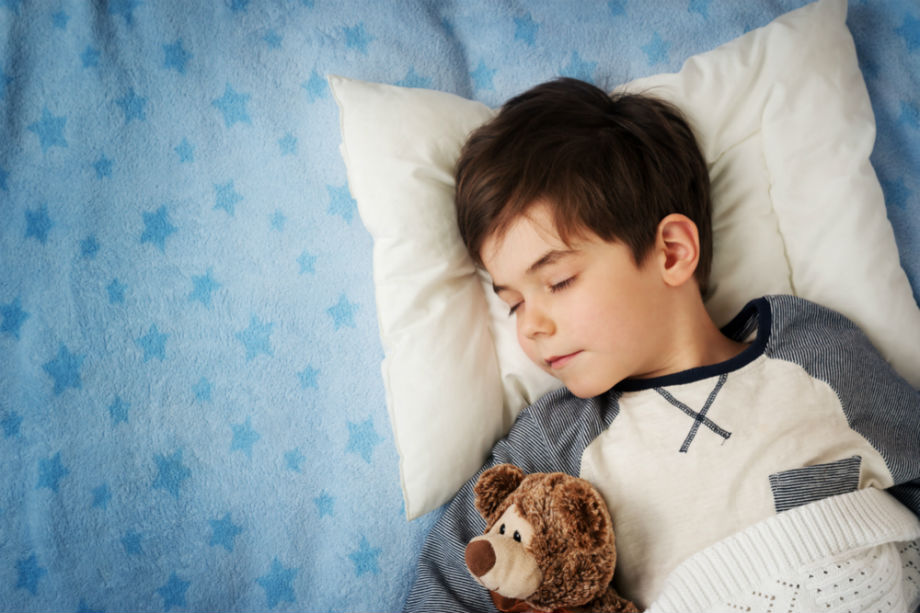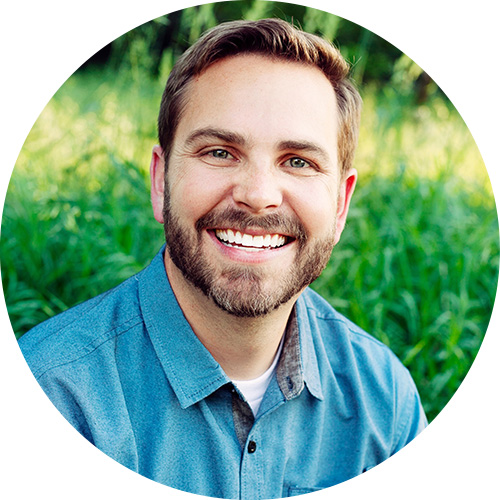
Snoring isn’t all that common in little ones and only about one in 10 kids snore so when it happens, it can be startling to parents. It’s not always a sign of something serious. Minor issues like allergies or an acute illness, such as a cold, could be the culprit. However, it’s a good idea to keep an eye on it since snoring in children can also stem from asthma, a deviated septum, enlarged tonsils and adenoids or sleep apnea. As a Papillion orthodontist, I’ve treated many young patients over the years who snored for a variety of different reasons, including sleep apnea. Can orthodontics cure sleep apnea and snoring in kids? It will depend on the underlying cause of the snoring but your orthodontist can be a great person to turn to for guidance.
What is Sleep Apnea and What Causes it?
When a child’s breathing stops frequently during sleep, it’s known as sleep apnea. The most common form of sleep apnea is obstructive sleep apnea. This occurs when there’s a complete or partial blockage in the airway, usually because of the soft tissues in the back of the throat collapsing. When kids with sleep apnea are snoozing, their muscle tone decreases, the airway becomes smaller and when the tissues collapse, they obstruct the flow of oxygen. The short pause in breathing usually lasts a few seconds, prompting the child to wake up, which opens the airway, allowing them to get oxygen again. However, the pattern of stopping and starting breathing can happen as often as several hundred times in a night, significantly reducing your child’s quality of sleep even though they often won’t remember waking up. Enlarged tonsils and adenoids are the most common cause of sleep apnea in children, however, other factors, such as the size and positioning of the tongue or jaw, craniofacial abnormalities and certain disorders can be at the root of the problem as well.
Signs and Symptoms of Sleep Apnea in Children Include:
- Snoring
- Long pauses in breathing
- Waking up with a dry or sore throat
- Choking or gasping for air in the middle of the night
- Lack of energy
- Daytime sleepiness or falling asleep during class
- Difficulty concentrating in school
- Restless sleep and waking up frequently during the night
- Changes in mood, poor memory and behavioral issues (may be mistaken for ADHD)
- Bedwetting
Sleep apnea in kids is a serious sleep disorder and can have a profound impact on their overall health, behavior, quality of life and school performance. If your child exhibits these symptoms, it’s best to talk to their doctor. If they are diagnosed with the disorder, there are a number of different approaches to curing sleep apnea that will be considered and your orthodontist is an excellent place to start. Orthodontists do more than straighten teeth; we’re also experts in the structures of the mouth, face and jaws and in dentofacial orthopedics, which is using appliances to guide facial growth and development. If a child’s dental or facial anatomy is contributing to their snoring or sleep apnea, orthodontists have the training and skill set to help.
Book a Free Orthodontic Consultation Today!
How Can Orthodontics Cure Sleep Apnea?
When a child with sleep apnea comes to Hawley Orthodontics, we get their medical history, a team member takes x-rays and then I perform a thorough examination. Once I know what’s causing the issue, we’ll go over the options. Here are some common ways we treat sleep apnea with orthodontics:
- Braces – If the position of your child’s jaw is interfering with their breathing and resulting in sleep apnea and snoring, braces may help. Treating sleep apnea with braces takes time and symptoms will improve as their bite shifts into alignment.
- Appliances – A palatal expander is sometimes beneficial for children who are still growing. It widens the palate (roof of the mouth) and expands the airway. There are also devices that can train the tongue to stay in its proper position so that it doesn’t block a child’s airway.
- A Custom Mouthpiece – In other instances, a custom oral appliance can be worn overnight to keep your child’s jaw forward and down and their tongue out of the way. This opens the airway and allows them to breathe properly while they sleep. An oral appliance is often the first line of defense in sleep apnea treatment for kids as it’s non-invasive and affordable.
I always take a conservative approach and recommend trying an appliance before resorting to more complex procedures. Treatment is also often combined with lifestyle changes and addressing any health conditions that are exacerbating the disorder.
Depending on the cause of a child’s sleep disorder and the severity, if these other non-surgical treatments fail, your doctor may suggest continuous positive airway pressure (CPAP). CPAP involves wearing a mask that covers the nose while sleeping. A machine attached to the mask blows air into the nasal passages and airway to keep it open and encourage normal breathing. However, patient compliance isn’t always great and it can be uncomfortable and burdensome for kids, which is why things like oral appliances are usually given a shot before CPAP.
As a last resort, surgical treatments may need to be explored. When a child has enlarged tonsils or adenoids, surgery to remove them is generally the standard of care. Research has also shown surgical orthodontics (a combination of corrective jaw surgery and orthodontic treatment) to be effective when sleep apnea is severe and related to abnormalities of the jaw.
To learn more about sleep apnea treatment for kids in Papillion, book a free consultation at Hawley Orthodontics. We’ll make you and your child feel at ease and we’ll ensure you’re informed and confident every step of the way. Let’s find a solution to help your child breathe easier and get the good night’s sleep they deserve.



